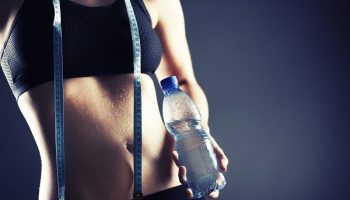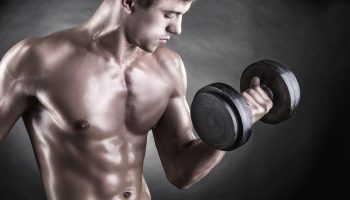- Players should consume about 450 ml of fluid approximately 1 to 1.5 hours before physical activity. After this fluid consumption, players should institute a sipping protocol (about half a cup every 10 to 15 minutes) with the sports beverage they will consume during their game. This will help ensure that exercise begins with blood sugar and blood volume at a good level.
- After the last meal and before the beginning of exercise, foods that have a long gastric emptying time (i.e., foods high in fat, protein and fiber) should be avoided, as should unaccustomed foods and beverages.
- Thirst is an important emergency sensation indicating the body cannot tolerate a great deal more fluid loss; but players should not rely on thirst as the primary indicator of when to drink. When the thirst sensation first occurs, players has already typically lost 1.5 to 2.0 liters of fluid.
- Before thirst sets in, players should drink a carbohydrate-and sodium-containing solution at fixed and well-practiced intervals. Care should be taken to not over consume fluids during physical activity, particularly fluid devoid of sodium, as these may increase the risk of developing hyponatremia.During exercise; players should consume a beverage that provides about a 6% carbohydrate solution and a sodium concentration of between 100 and 200 milligrams per cup.
- After physical activity, players should consume sufficient fluids to regain a good state of hydration, as indicated by clear urine .This should be done as soon as possible after the exercise is over. As a guide, the difference in body weight before and after exercise is an indication of the amount of fluid that was not replaced during exercise. 500 g of body weight is equivalent to 450 ml of fluid. A good training program will attempt to add sufficient fluid to the training regimen so as to avoid a significant weight (i.e., body water) loss.





